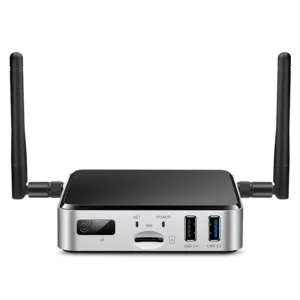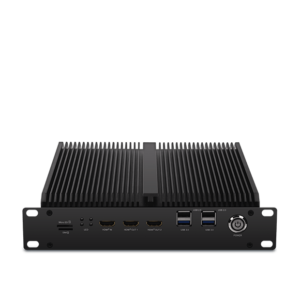A Comprehensive Manual to Deploying AI on Side Devices
A Comprehensive Manual to Deploying AI on Side Devices
Blog Article
AI on Edge Products vs. Cloud AI: Professionals and Cons
Real-World Applications of AI on Side Products
Synthetic intelligence (AI) is no more confined to the realm of big, centralized data centers. Thanks to developments in technology, edge units now play a key role in deploying AI immediately wherever knowledge is generated. But what does AI on edge units mean, and why is it producing such a buzz? Here, we'll examine how embedded edge ai operates in actuality through edge products and learn its wide range of sensible applications.

What's AI on Edge Devices?
AI on side units identifies deploying synthetic intelligence calculations directly on devices like smartphones, cameras, drones, or IoT sensors. These devices do not want access to centralized hosts for control information; instead, they conduct analysis and conclusions domestically, making the process quicker, more effective, and frequently more secure.
The "edge" here only identifies computing performed near to or at the foundation of data era, in place of relying on the cloud. This shift is pushed by the needs for real-time knowledge processing and the necessity to minimize latency, improve solitude, and reduce bandwidth usage.
Important Real-World Purposes of Side AI
1. Intelligent Surveillance
AI-powered cameras built with skin acceptance, activity detection, and anomaly detection are transforming surveillance systems. Side devices in this domain may analyze video streams in real-time to identify suspicious activities, eliminate false sensors, and enhance public safety. As an example, AI formulas can detect strange activities and attentive authorities instantly without the necessity to send video information to a main machine for analysis.
2. Healthcare Monitoring
Wearable products and portable medical gear are leveraging m.2 ai accelerator for managing health information more efficiently. Edge-based AI in devices like wellness trackers and smartwatches monitors users' vitals, such as heartbeat, air degrees, or body stress, in real-time. These programs analyze knowledge domestically and provide quick feedback, paving just how for faster intervention all through emergencies.
Beyond wearables, sophisticated medical imaging units equipped with on-device AI may identify signs of conditions like cancer, allowing earlier in the day diagnoses even in rural places without net connectivity.
3. Autonomous Vehicles
Self-driving vehicles are among the absolute most well-known examples of side AI in action. With detectors, cameras, and LiDAR systems providing as information options, AI computations take position onboard these cars to produce split-second decisions. From sensing pedestrians and obstacles to moving town streets, side AI guarantees that the car works reliably and efficiently. The real-time running convenience of edge units removes the dependence on high-latency cloud techniques, ensuring security in life-critical scenarios.
4. Retail Analytics
Edge products in retail environments are helping corporations analyze consumer behavior. Smart shelves and AI-equipped cameras may identify customer preferences, monitor supply, and also customize in-store experiences in real time. The information created from these devices assists merchants produce knowledgeable conclusions, improve customer satisfaction, and improve supply management.

5. Professional IoT
Factories and commercial plants are adopting side AI to revolutionize their tracking and automation processes. AI-powered sensors on equipment discover potential flaws long before they result in costly failures. Predictive maintenance driven by side AI decreases downtime, enhances productivity, and guarantees security on the manufacturing floor.
6. Customized Experiences in Customer Products
Your smartphone is a prime example of how side AI personalizes individual experiences. Functions such as for instance style personnel, adaptive camera settings, and on-device language interpretation use real-time AI to respond to individual needs without sending painful and sensitive knowledge to additional servers. That fosters equally ease and privacy for the conclusion user.
The Rising Impact of Side AI
The ownership of AI on side units continues to surge, driven by industries' increasing demand for low-latency, real-time computing, and better knowledge privacy. Their applications are reshaping industries which range from healthcare and automotive to community protection and retail. By adding AI's energy nearer to where data is generated, side units are not only improving efficiency but in addition demonstrating the limitless potential of invention in the present connected world. Report this page